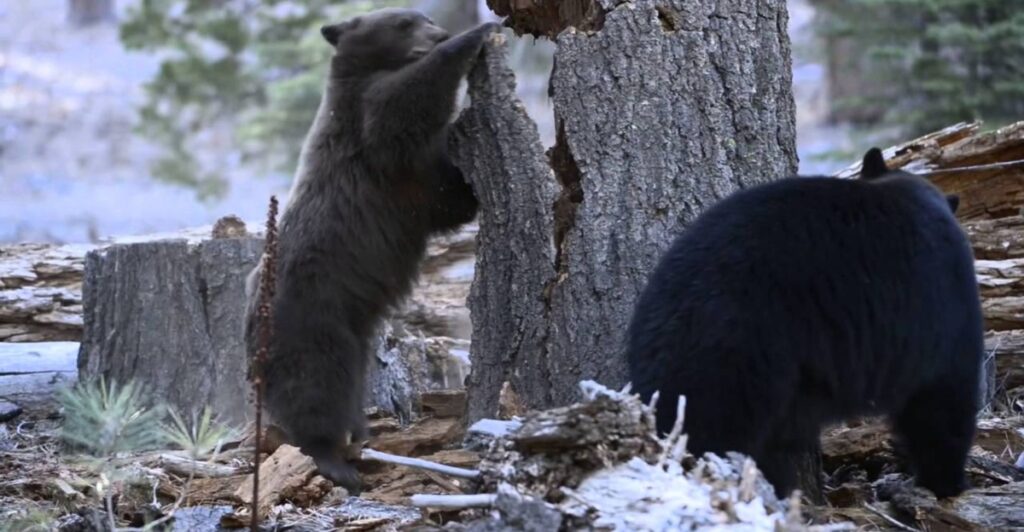
Bears might seem cuddly in movies and books, but in reality, they’re some of nature’s most powerful predators. These creatures are armed with massive strength, sharp claws, and powerful jaws, making them formidable threats when provoked—or when simply crossed in the wrong place at the wrong time. Here are the ten most dangerous bear species on Earth, ranked from most perilous to least. Approach with caution, no matter how cute they may seem!
1. Polar Bear
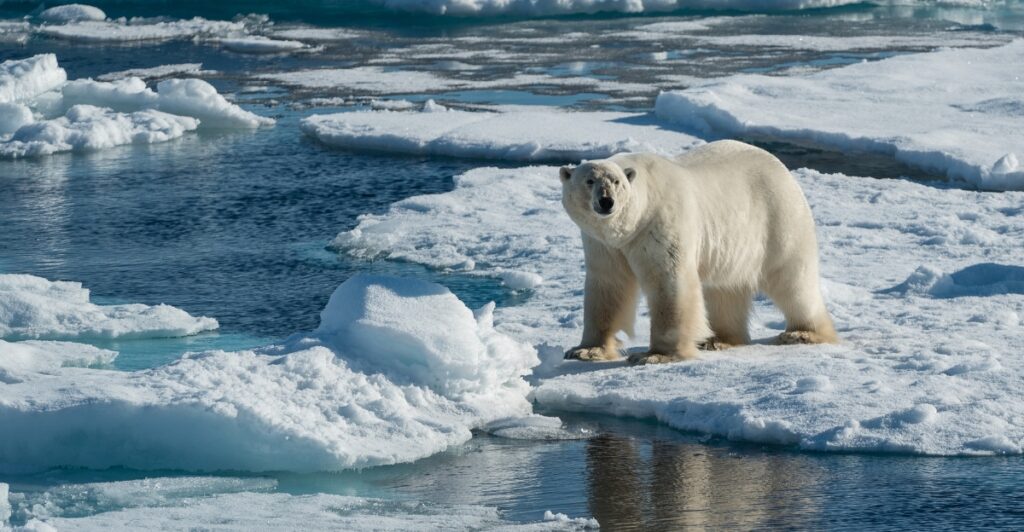
Standing up to 10 feet tall and weighing more than 1,700 pounds, polar bears dominate their icy terrain. Their incredible strength and sharp teeth are perfectly suited to ripping apart seals, their primary prey. Polar bears are one of the few bears known to actively hunt humans, though cases are rare. Add to that their powerful bite force, and you have both a marvel and a genuine threat. Encountering one in the wild, especially a mother with cubs, leaves little room for escape. In their frozen domain, they are predators without peer.
2. Grizzly Bear
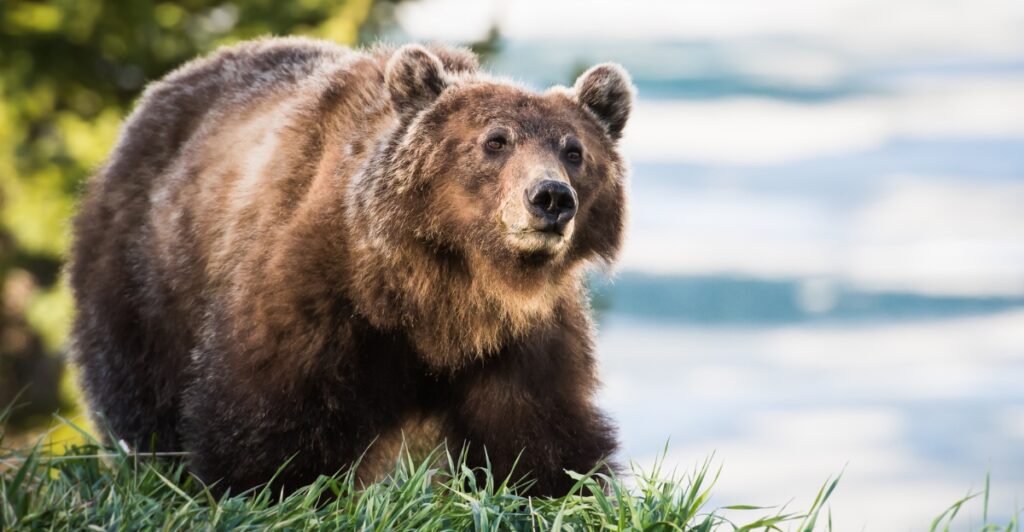
Grizzly bears, with their enormous size and agility, strike fear in anyone unlucky enough to wander into their path. Capable of running 30 miles per hour, they can outrun and overpower most threats. Standing 9 feet tall and armed with sharp claws and strong jaws, these bears are a combination of raw strength and unpredictable aggression. They are extremely territorial, and getting too close can provoke a deadly attack. These animals prefer solitude, but once they decide you’re a threat, a grizzly’s charge is almost impossible to evade.
3. Kamchatka Brown Bear
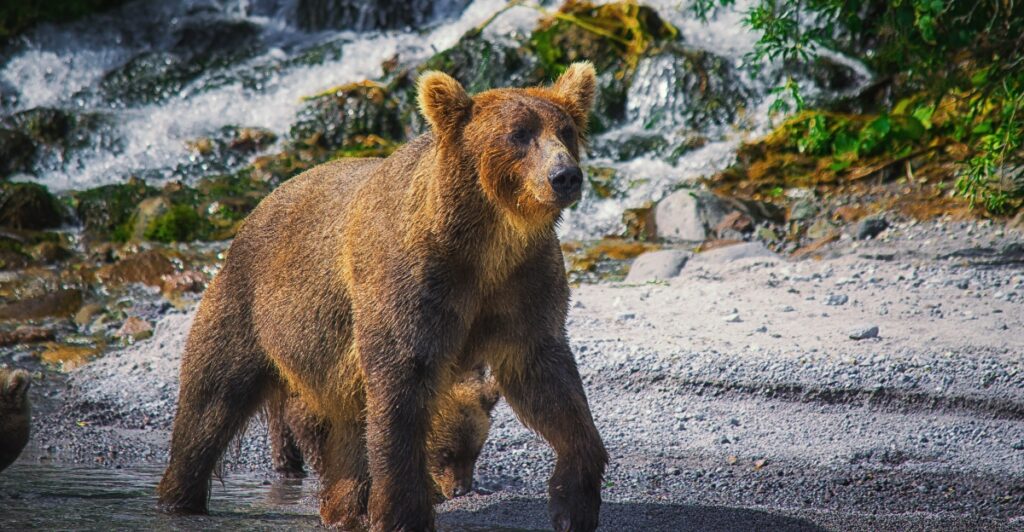
The Kamchatka brown bear is not only one of the largest brown bear subspecies but also one of the most temperamental. Found in the wilds of eastern Russia, these bears grow to over 1,400 pounds and stand 8 feet tall. They are territorial and fiercely protective of their young, attacking anyone who ventures too close. Their jaws and claws can inflict devastating injuries, making them a nightmare for hunters and hikers. While typically shy around humans, their behavior can be erratic, and their immense strength means that even a single swipe can be catastrophic.
4. Kodiak Bear
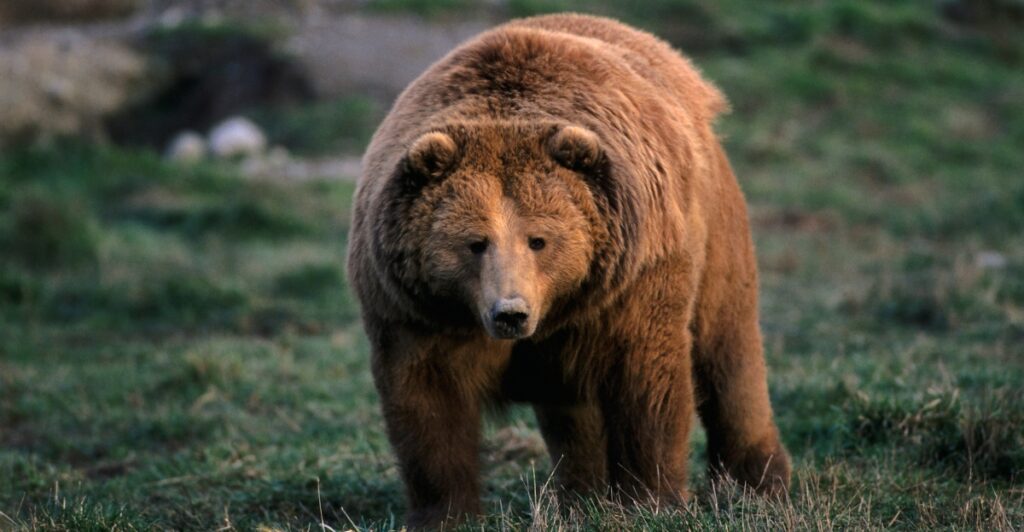
Isolated on the Kodiak Archipelago in Alaska, Kodiak bears are among the largest bears on Earth, with some exceeding 1,500 pounds and standing nearly 10 feet tall. They are generally wary of humans, but their sheer size and power make even the most defensive of swipes likely to cause severe injury. Human interactions have increased due to tourism, leading to an average of one serious bear-related injury per year on the islands. These massive creatures are best observed from a safe distance, as their territorial instincts make close encounters risky.
5. Sun Bear
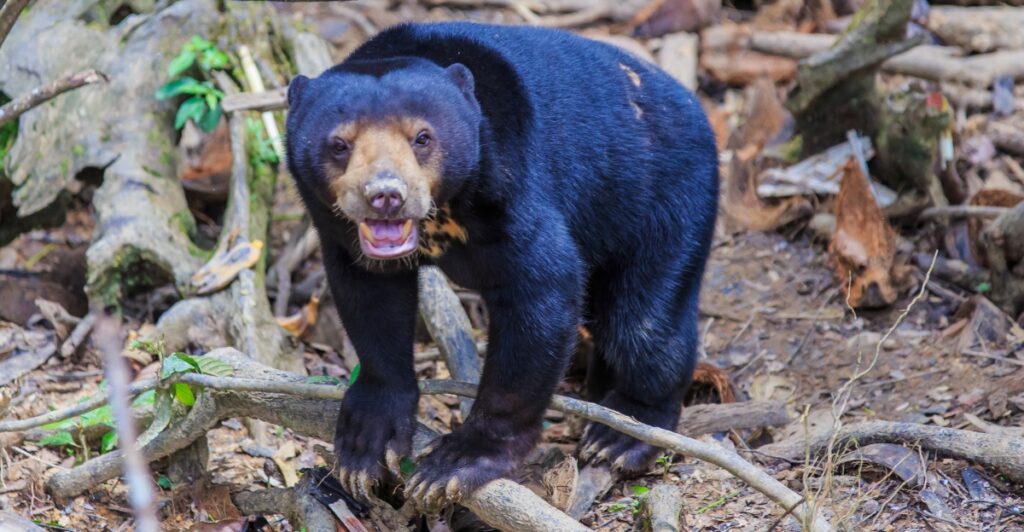
Don’t let the sun bear’s diminutive size fool you. Found in Southeast Asia, these bears may weigh less than 150 pounds, but their aggression far exceeds their stature. Known for attacking without warning, they use their long, sharp canine teeth to inflict deep wounds on their targets. Habitat destruction has brought them into closer contact with humans, leading to a rise in attacks. Despite their seemingly harmless appearance, sun bears are relentless when they perceive a threat, making them one of the region’s most dangerous predators.
6. American Black Bear
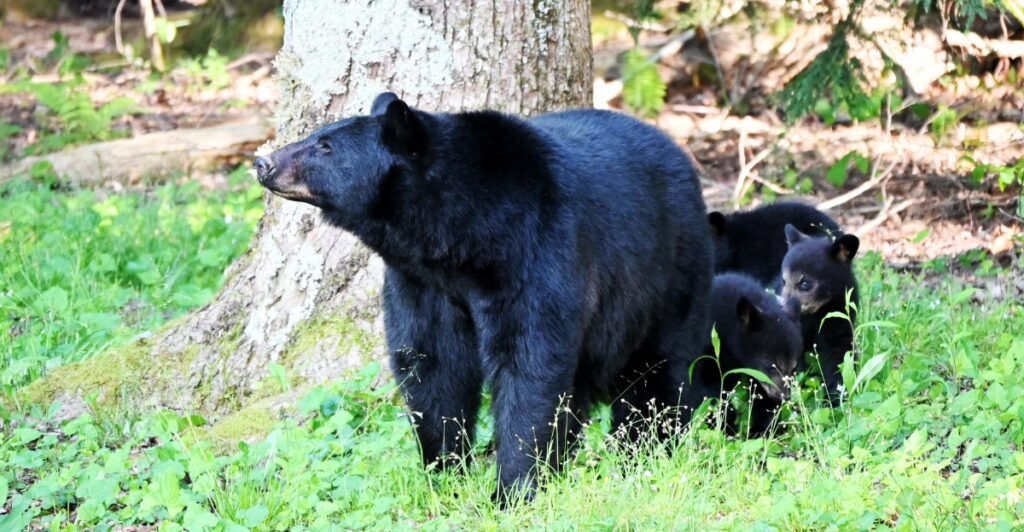
Common across North America, the American black bear is often dismissed as less dangerous due to its smaller size, standing about 6 feet tall and weighing only up to 600 pounds. However, black bears can be highly aggressive, especially when food is scarce or cubs are nearby. Their powerful limbs and sharp claws make them capable of inflicting serious injuries. Black bears in northern regions, where human interaction is less frequent, are particularly dangerous, as they are less accustomed to human presence and more likely to view people as threats.
7. Sloth Bear
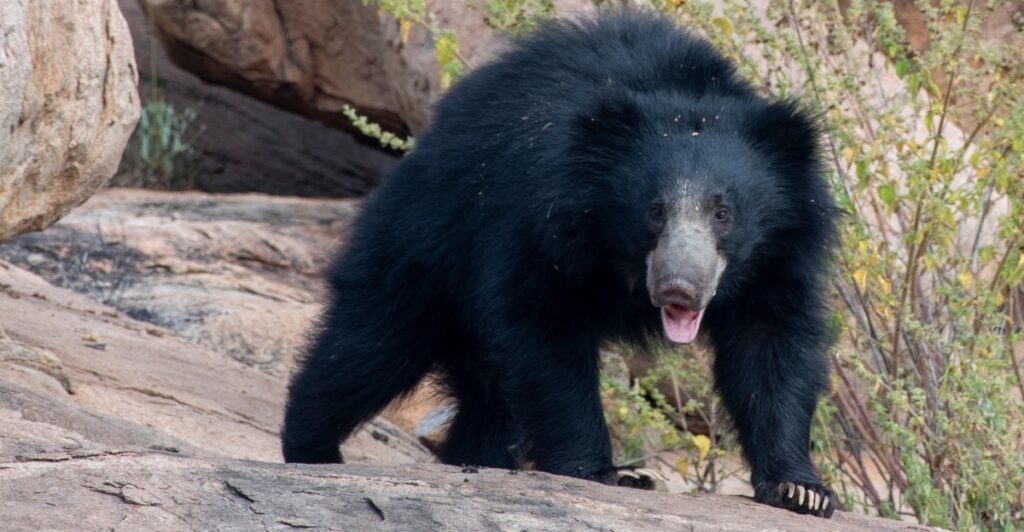
Despite their name, sloth bears are anything but lazy. Native to India and Sri Lanka, these bears are known for their fierce temperament. Despite weighing less than 500 pounds, they still pose a significant threat due to their sharp claws and powerful canines. Sloth bears often attack unprovoked, targeting the face and head of their victims. Their aggression may stem from their cohabitation with tigers, which has made them naturally defensive. Their unpredictable nature makes them one of the most feared animals in their range.
8. Eurasian Brown Bear
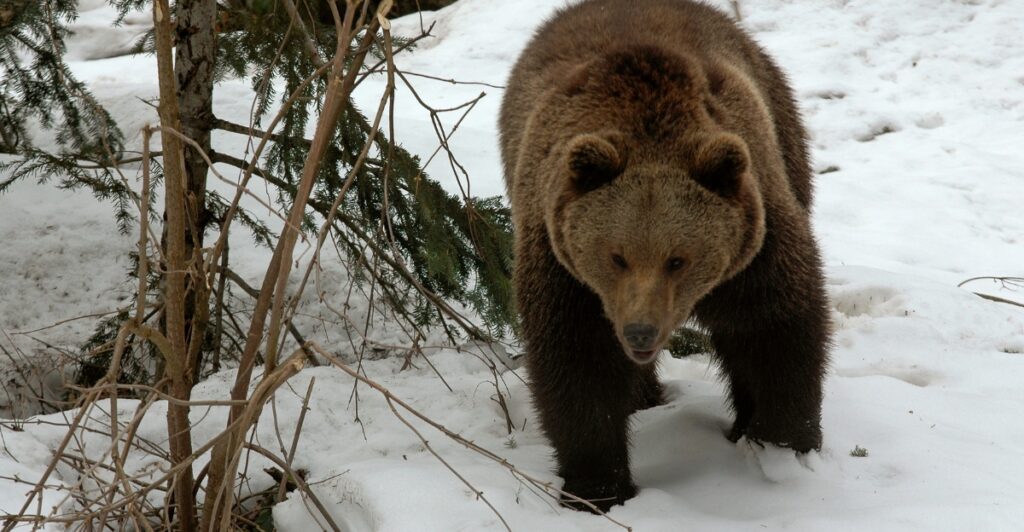
Eurasian brown bears are widespread across Europe and Asia, standing around 8 feet tall and weighing over 1,000 pounds. While they are generally not aggressive toward humans, an increase in human-bear interactions has led to a rise in attacks. These bears are opportunistic and may raid livestock or confront people if they feel threatened. Their immense strength and powerful jaws ensure that any encounter gone wrong can be devastating. Recent reports of aggressive behavior in rural areas highlight the dangers of these adaptable predators.
9. Himalayan Brown Bear
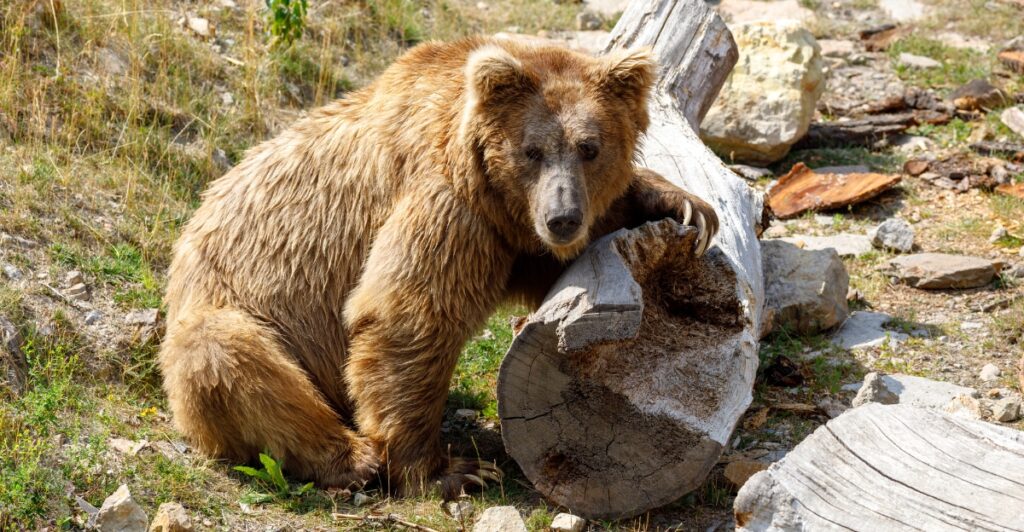
Residing in remote mountain regions, Himalayan brown bears are elusive, but their reputation as a threat is well-earned. Weighing up to 800 pounds, these bears are notorious for attacking villagers when food is scarce. Their sharp claws and huge jaws can easily maim or kill a person. While encounters are rare, the consequences of crossing paths with one of these bears can be dire. The harsh environment they inhabit has made them resilient and dangerous when provoked, solidifying their place on this list.
10. Asian Black Bear
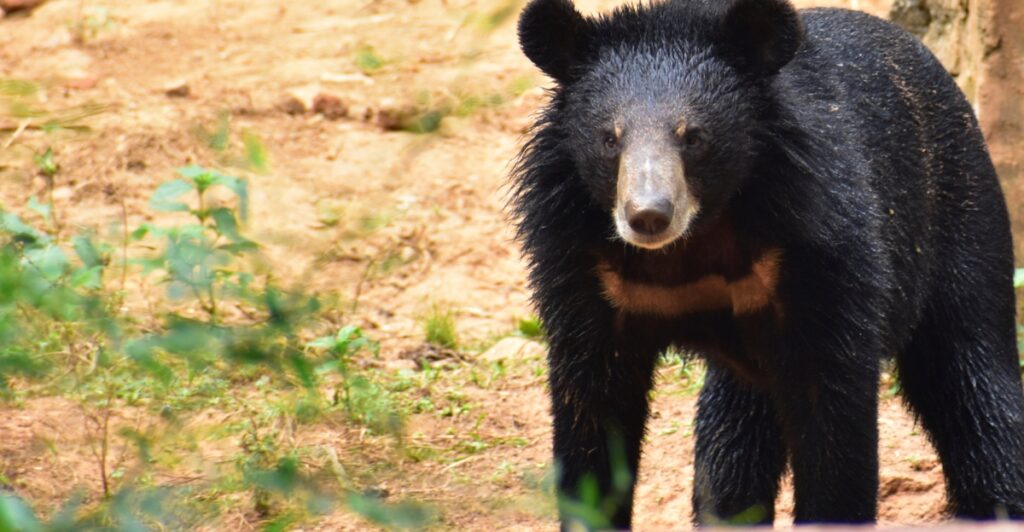
The Asian black bear, or moon bear, gets its nickname from the crescent-shaped marking on its chest. Found in densely populated areas of Asia, these bears are particularly aggressive toward humans. Despite their smaller size—rarely exceeding 400 pounds—their sharp teeth and claws can cause severe injuries. Their behavior is unpredictable, and they are quick to attack if they feel at all threatened. Their proximity to human settlements has increased encounters, making them a significant danger in their native habitat.
Stay connected with us for more stories like this! Follow us to get the latest updates or hit the Follow button at the top of this article, and let us know what you think by leaving your feedback below. We’d love to hear from you!







